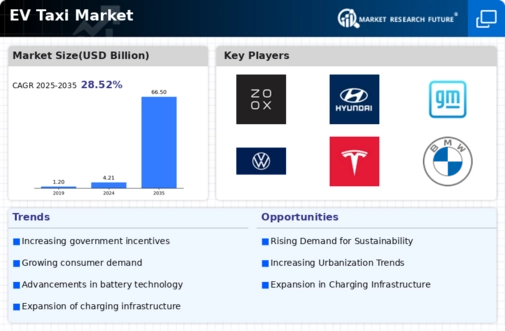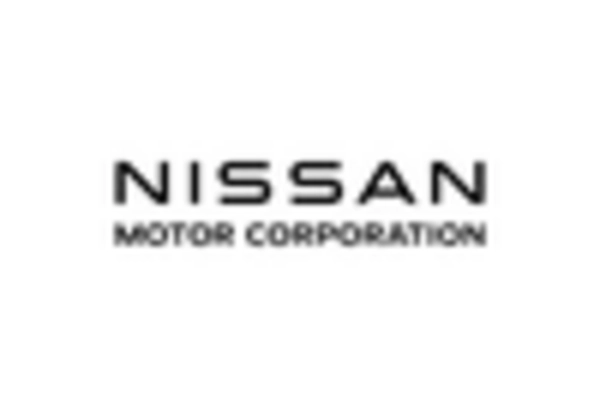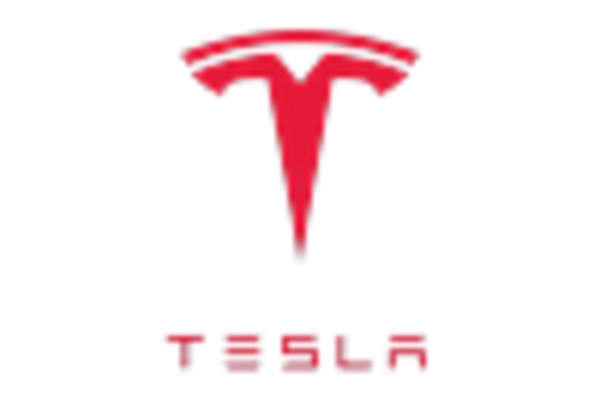The EV Taxi Market is rapidly evolving as part of the larger transition towards sustainable transportation solutions. This market is characterized by an influx of innovative companies striving to integrate electric vehicles into taxi services, driven by a combination of regulatory policies promoting cleaner air, advancements in electric vehicle technology, and consumer demand for environmentally friendly options.
Competitive dynamics within this market are complex as established automotive manufacturers, tech-focused startups, and major ride-hailing platforms vie for market share. Key players utilize their technological expertise, brand presence, strategic partnerships, and operational efficiencies to stand out in this burgeoning industry.
The competitive landscape is also shaped by advances in battery technology, growing infrastructure for electric vehicle charging, and an increasing focus on reducing operational costs while enhancing the customer experience.
Zoox is making significant strides in the EV Taxi Market, focusing on the innovative design and functionality of autonomous electric vehicles. The company's unique approach combines cutting-edge technology with an emphasis on passenger experience, thereby redefining the standard for urban transportation.
By concentrating on fully autonomous vehicles, Zoox aims to eliminate the need for human drivers, providing a seamless and efficient taxi service. Its strengths lie in its robust research and development capabilities, which allow it to continuously enhance vehicle performance and safety features.
Additionally, Zoox’s strategic collaborations with technology partners enhance its ability to innovate rapidly, thereby establishing a competitive edge in the EV taxi sector. The company's commitment to sustainability, along with its focus on user-centric solutions, positions Zoox favorably in the evolving landscape of electric taxi services.
Hyundai is leveraging its extensive automotive experience and technological capabilities to carve out a substantial position in the EV Taxi Market. The company is committed to developing electric vehicles that align with the demands of urban taxi services, focusing on efficiency, durability, and cost-effectiveness.
Hyundai's strengths include a well-established supply chain, access to advanced manufacturing technologies, and a comprehensive portfolio of electric models that cater to diverse consumer preferences. The brand has also made concerted efforts to optimize battery efficiency and enhance charging infrastructure, which is critical for the operational viability of EV taxis.
Furthermore, Hyundai's growing reputation for reliability and performance in electric vehicles further boosts its market presence, allowing it to establish partnerships with taxi fleet operators and municipalities eager to transition towards greener transportation solutions.
This strategic positioning enables Hyundai to address market needs effectively while simultaneously contributing to sustainability initiatives.


















Leave a Comment